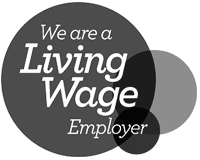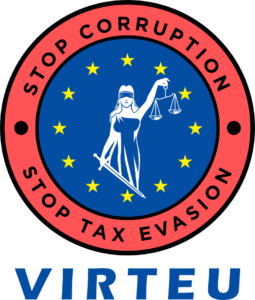Tracking the beneficial ownership of assets which are held by entities and arrangements like shell companies and trusts can be very difficult, especially if they are held in or via secrecy jurisdictions. While it is quite possible to set up elaborate and detailed systems for exchanging information across borders, as our information exchange page attests, these systems can be undermined or even rendered unusable if it isn’t possible to identify the underlying assets.
Highlights
Two TJN reports on beneficial reports: first, on flaws in global and EU anti-money laundering rules (May 2016); and second, on Trusts (June 2016.)
Why we need beneficial ownership transparency as well as information exchange (May 2016).
Trusts, foundations and similar arrangements are even more difficult to deal with. They manipulate the very concept of ownership, so even if there were full transparency it still wouldn’t be clear who owns the assets held in a trust.Companies are often owned by ‘nominees’ – typically lawyers or other companies acting as the “legal” owners of assets, but which are in reality merely shields or fronts hiding the true owners of the assets.
If we are going to crack down on financial crime and money laundering, catch criminals, curb tax evasion or predatory market behaviour, it is essential to penetrate these subterfuges to identify the true economic owners of assets.
Our stories related to beneficial ownership secrecy and transparency are below.

